By: Dr. Elizabeth Eggert
There’s a lot to keep track of as a new parent. Don’t let your baby’s dental health fall through the cracks! Your baby’s first tooth probably won’t erupt until they are close to six months old, but it’s never too early to get their first Eggert Family Dentistry visit on the calendar.
Baby teeth are important too!
We believe that “an ounce of prevention is worth a pound of cure” and we know that tooth decay can affect any teeth above the gumline. That’s why Dr. Elizabeth and Dr. Jeff and the American Academy of Pediatric Dentistry recommend that your baby have their first dental visit six months after their first tooth erupts or definitely by the age of 1.
Baby teeth have several important jobs and require the same level of care and vigilance as adult teeth.
Baby teeth are responsible for:
- Helping children chew properly
- Holding space for adult teeth
- Speech development
What will we discuss at my child’s first dental visit?
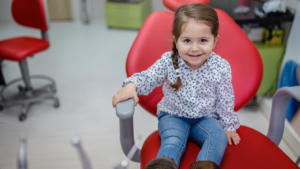 When you bring your baby in for their first dental visit, Dr. Elizabeth or Dr. Jeff will take a peek in their mouth and check all erupted teeth to make sure they’re healthy. Then they will discuss basic baby and toddler oral care, address the negative effects of sippy cups, pacifiers and thumb-sucking, tell you what dental milestones you can anticipate and advise you on how your baby’s nutrition impacts their oral health. Dr. Elizabeth or Dr. Jeff will also give you follow-up instructions so you know when to come back for your baby’s next visit and what to do in the meantime.
When you bring your baby in for their first dental visit, Dr. Elizabeth or Dr. Jeff will take a peek in their mouth and check all erupted teeth to make sure they’re healthy. Then they will discuss basic baby and toddler oral care, address the negative effects of sippy cups, pacifiers and thumb-sucking, tell you what dental milestones you can anticipate and advise you on how your baby’s nutrition impacts their oral health. Dr. Elizabeth or Dr. Jeff will also give you follow-up instructions so you know when to come back for your baby’s next visit and what to do in the meantime.
How do I prepare my child for their first dental visit?
If you’re proactive and your child’s first dental visit happens during their first year of life, they may not have stranger danger yet. This is a huge advantage and can set you up for a successful initial visit. If your child is a bit older, they may be warier of strangers and feel unsettled in a new environment.
To prepare your child for their first visit, you can:
- Look online or go to your local library to find books or videos that help young children learn about brushing and caring for their teeth and visiting the dentist.
- Talk positively about the dentist office and your child’s upcoming visit. Your positivity is contagious!
- Bring along their favorite blanket or stuffed animal. A little dose of familiarity can provide them with comfort in this new environment.
- Incentivize. Tell them about the prize they’ll get to pick out or offer to take them to their favorite park after their visit.
- If your child is a little older and hasn’t had the opportunity to visit the dentist yet, bring them along with you to your next visit. This will help familiarize them with the sights and sounds of the dentist office. They will also be able to watch as Dr. Elizabeth or Dr. Jeff and one of our hygienists clean your teeth and examine your mouth.


 Buy your child a new toothbrush, a tube of
Buy your child a new toothbrush, a tube of  Check the school’s gum policy and, if it’s allowed, give your child a pack of sugar-free gum to chew after lunch to help clean their teeth
Check the school’s gum policy and, if it’s allowed, give your child a pack of sugar-free gum to chew after lunch to help clean their teeth Crunchy foods like carrots, celery and apples; limit citrus fruits which erode enamel quickly
Crunchy foods like carrots, celery and apples; limit citrus fruits which erode enamel quickly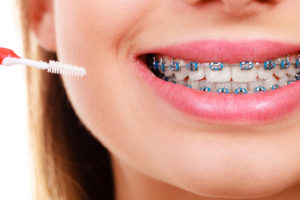 Put a travel toothbrush, a small tube of fluoride toothpaste, a container of floss and a container of dental wax in a small zipper bag and encourage them to brush their teeth after lunch
Put a travel toothbrush, a small tube of fluoride toothpaste, a container of floss and a container of dental wax in a small zipper bag and encourage them to brush their teeth after lunch
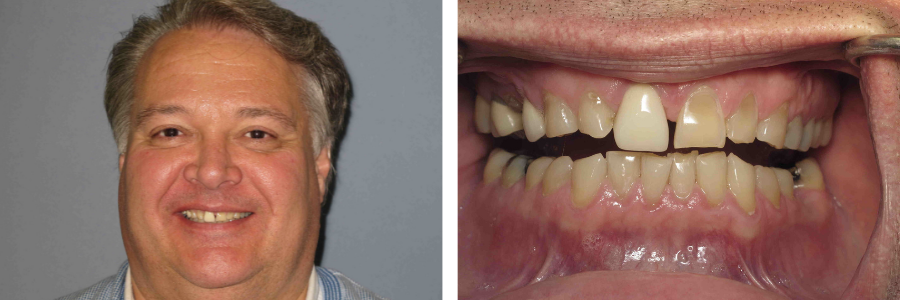
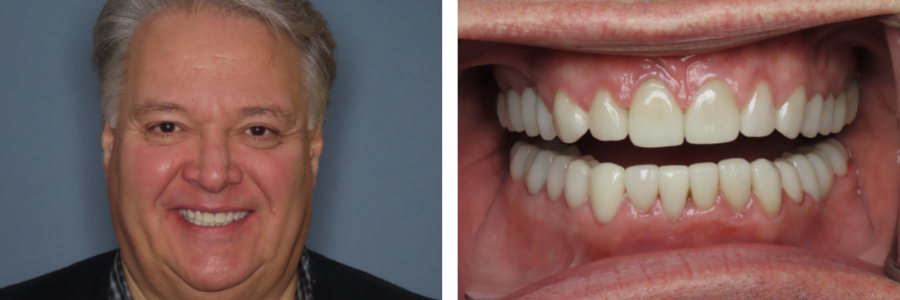

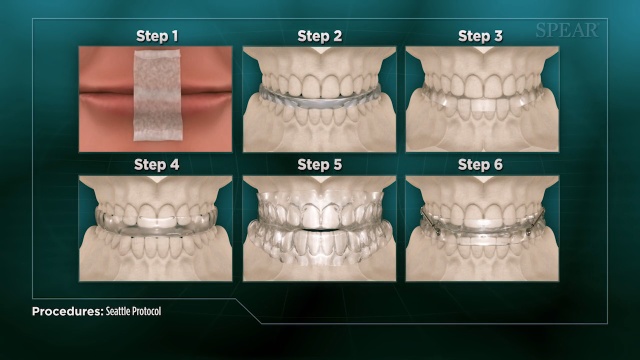

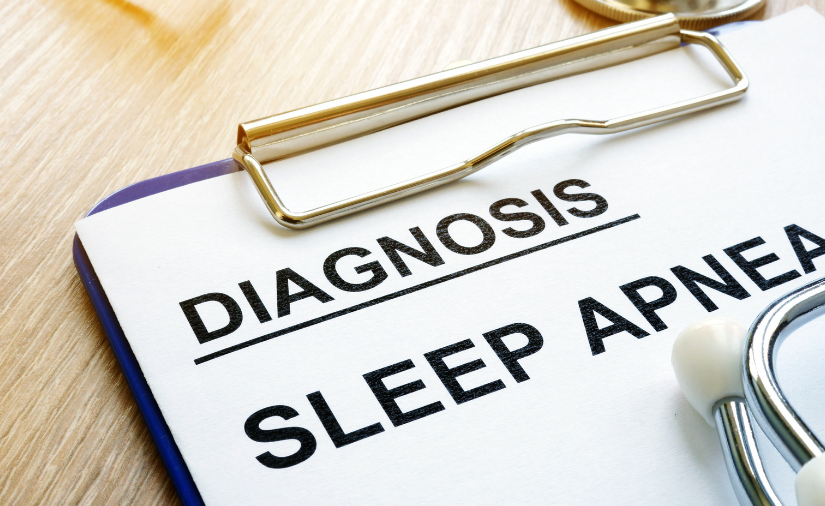
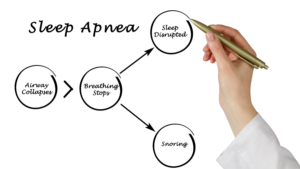 The first time we see you for sleep apnea symptoms, we will perform an assessment for signs of structural abnormalities or any physical issues that could be contributing to airway obstruction. This could include an enlarged tongue or tonsils, a small jaw or a large neck.
The first time we see you for sleep apnea symptoms, we will perform an assessment for signs of structural abnormalities or any physical issues that could be contributing to airway obstruction. This could include an enlarged tongue or tonsils, a small jaw or a large neck. A
A 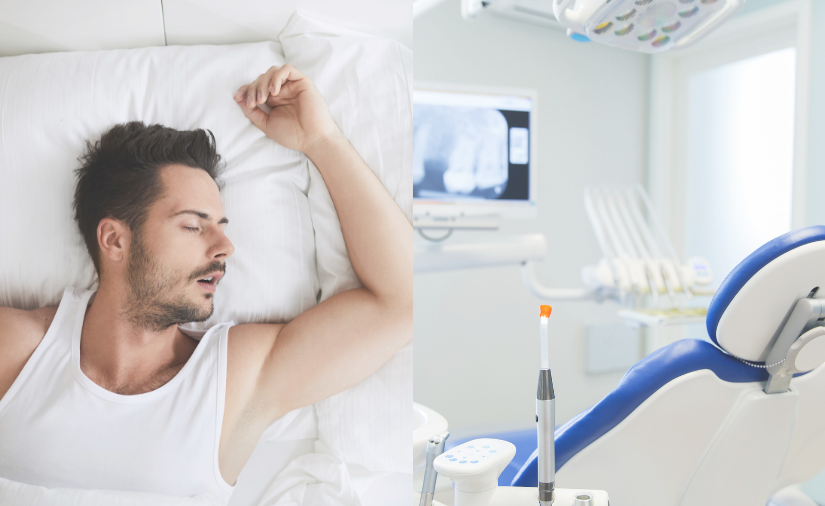
 When you come in for an appointment, we look for signs or symptoms that could be considered “red flags” for airway conditions, including sleep apnea. Dr. Elizabeth or Dr. Jeff perform an assessment to see if you have any of the following risk factors among many others:
When you come in for an appointment, we look for signs or symptoms that could be considered “red flags” for airway conditions, including sleep apnea. Dr. Elizabeth or Dr. Jeff perform an assessment to see if you have any of the following risk factors among many others: Did you know that, in
Did you know that, in  Bruxism is another condition that is often present alongside obstructive sleep apnea. Often intertwined with TMD, bruxism describes a condition caused by the clenching or grinding of teeth. It occurs unconsciously during sleep and can be another way a person’s body compensates for an airway obstruction.
Bruxism is another condition that is often present alongside obstructive sleep apnea. Often intertwined with TMD, bruxism describes a condition caused by the clenching or grinding of teeth. It occurs unconsciously during sleep and can be another way a person’s body compensates for an airway obstruction.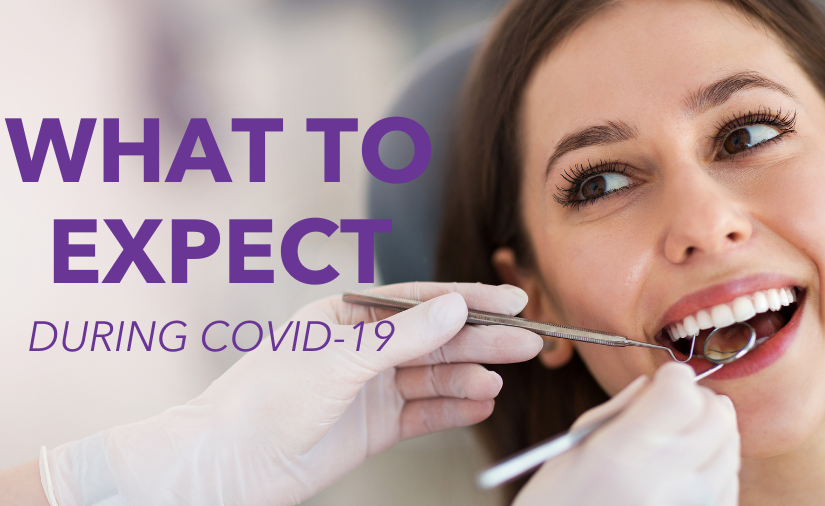
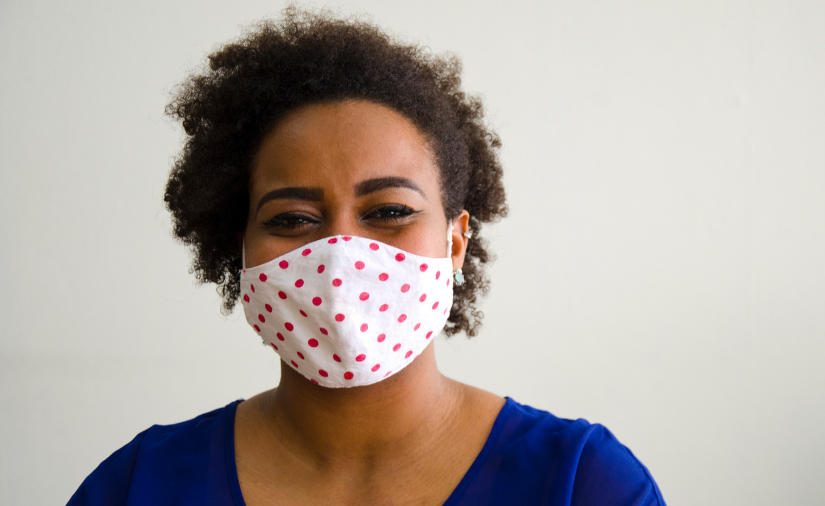
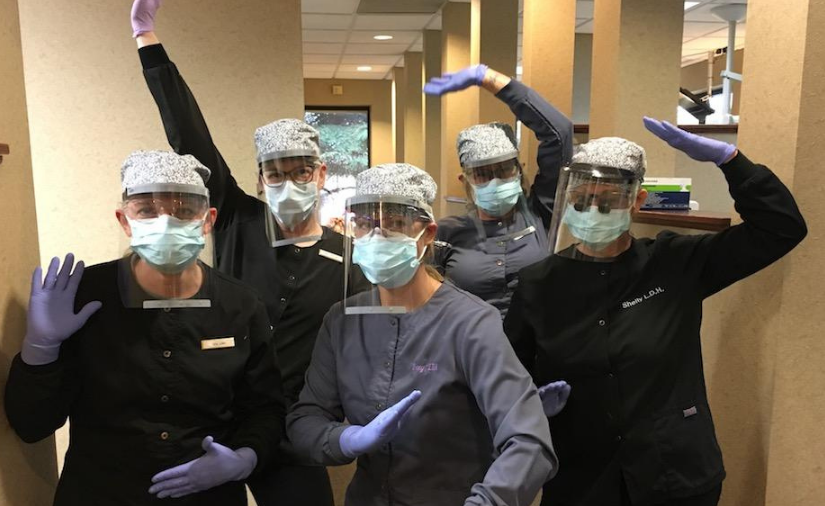

 One of the biggest perks of
One of the biggest perks of 
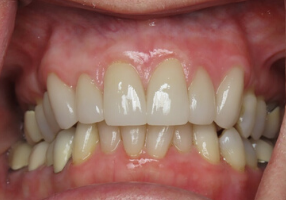 A
A